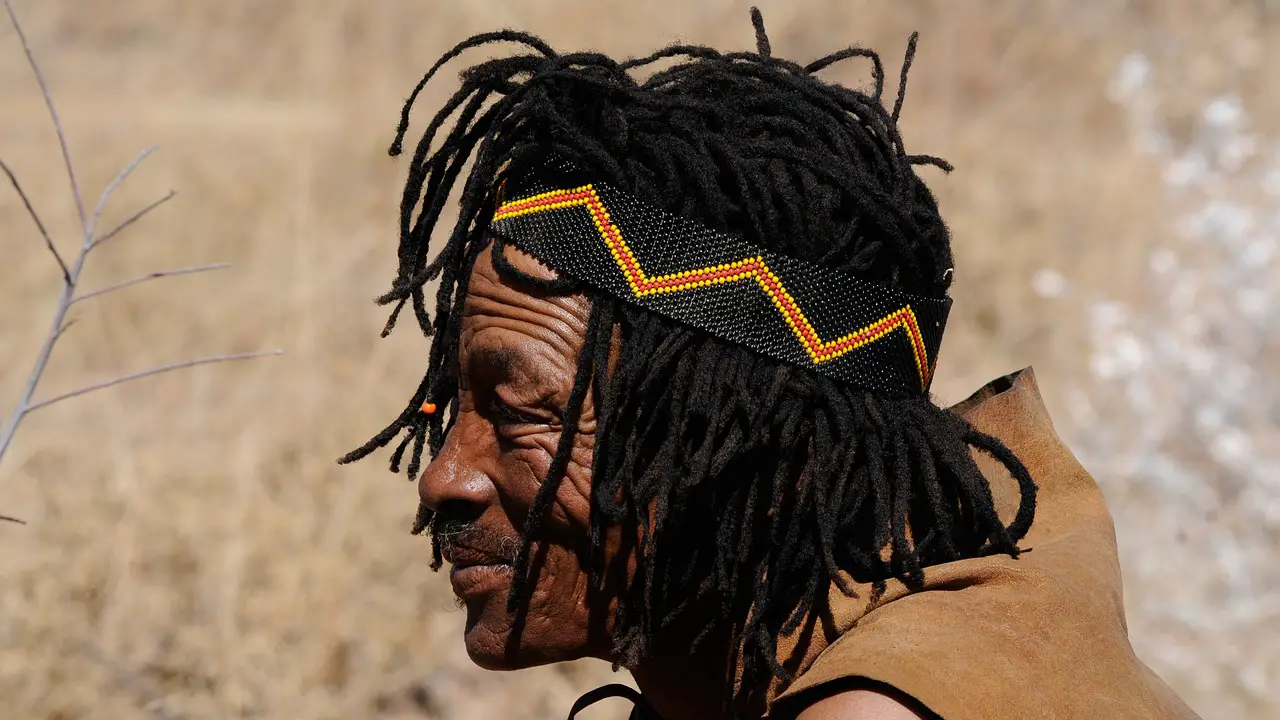The history of Indigenous peoples in North America is deeply shaped by migration, adaptation, and resilience. For centuries, their way of life was defined by seasonal movements, nomadic traditions, and a deep respect for the natural world. However, colonization, forced relocations, and modern challenges have profoundly altered their reality—while also giving rise to a renewed sense of identity.
Traditional Migration and Ways of Life
Before the arrival of European settlers, mobility was natural for many Indigenous nations. Nomadic tribes such as the Lakota or Cheyenne followed the great buffalo herds across the Plains. Others, like the Hopi or Pueblo, lived in permanent settlements, practicing agriculture and adapting to the climate of the Southwest. Migration was not synonymous with displacement but was part of the cultural rhythm of life.
Forced Relocations
With colonization, everything changed. Many tribes were driven from their ancestral lands to make way for settlers, plantations, and railroads. One of the most infamous events was the “Trail of Tears”, during which the Cherokee and other nations were forced westward—thousands died along the way. These traumatic experiences remain deeply ingrained in the collective memory of Indigenous communities.
Adaptation and Resistance
Despite oppression and assimilation policies, Indigenous peoples have preserved much of their culture. Migration now often meant survival, displacement, or the search for new homelands. Yet communities found ways to carry their languages, rituals, and spiritual practices into new environments, ensuring that their traditions continued to thrive.
The Modern Way of Life
Today, Indigenous peoples live in diverse contexts:
- In reservations: Many communities in the U.S. and Canada still reside in government-assigned territories.
- In cities: Around 70% of Native Americans now live in urban centers such as Los Angeles, Phoenix, or Toronto, where new cultural networks, associations, and educational initiatives are flourishing.
- Between tradition and modernity: Many Indigenous people combine ancestral practices with contemporary life. Powwows, language programs, and traditional crafts coexist with modern professions, digital platforms, and political activism.
Challenges and Opportunities
The modern Indigenous experience is shaped by ongoing tensions:
- Cultural preservation vs. globalization
- Traditional spirituality vs. modern religions
- Social inequality vs. educational opportunities
At the same time, Indigenous communities are regaining confidence. Movements for land rights, cultural recognition, and sovereignty have strengthened their identity, showing that Indigenous cultures are not only surviving but evolving.
Conclusion
Migration has always been part of Indigenous life in North America—sometimes voluntary, often forced. Yet despite hardship, a powerful cultural heritage remains alive. Today’s Indigenous way of life is a testament to adaptation, resilience, and pride—an inspiring example of how tradition and modernity can coexist and enrich one another.

